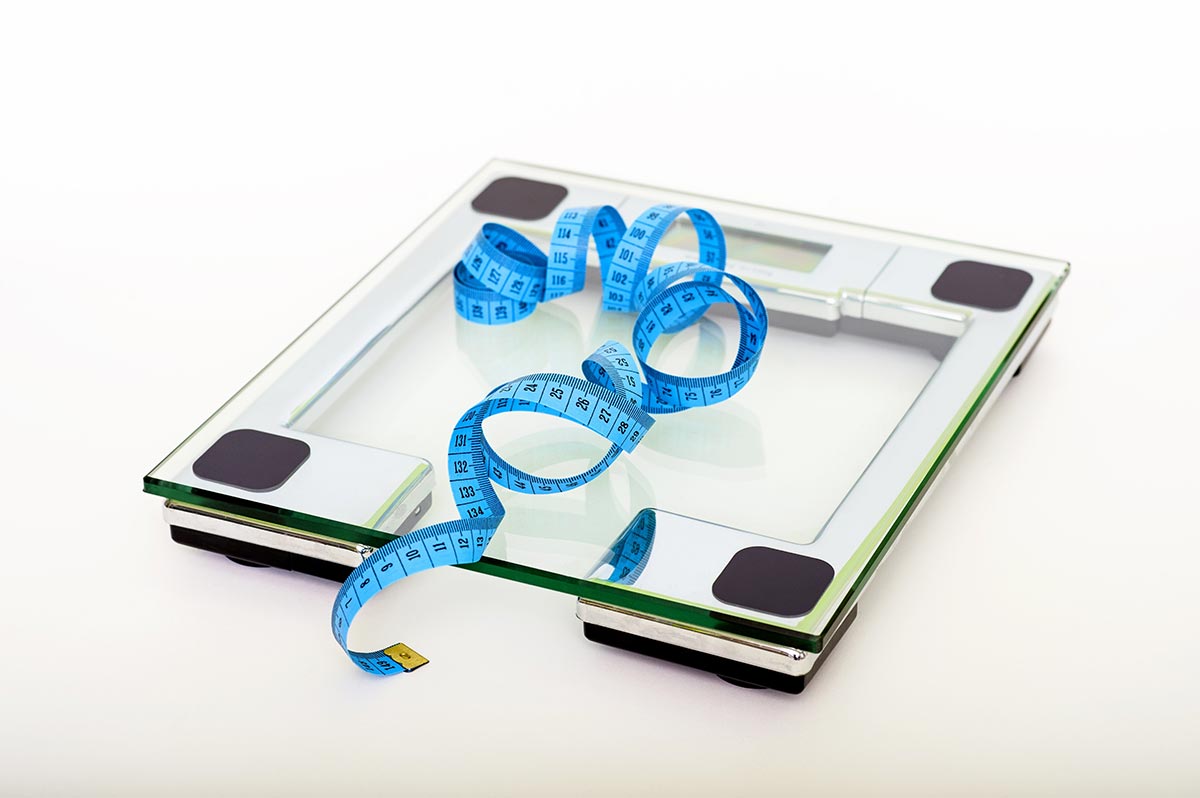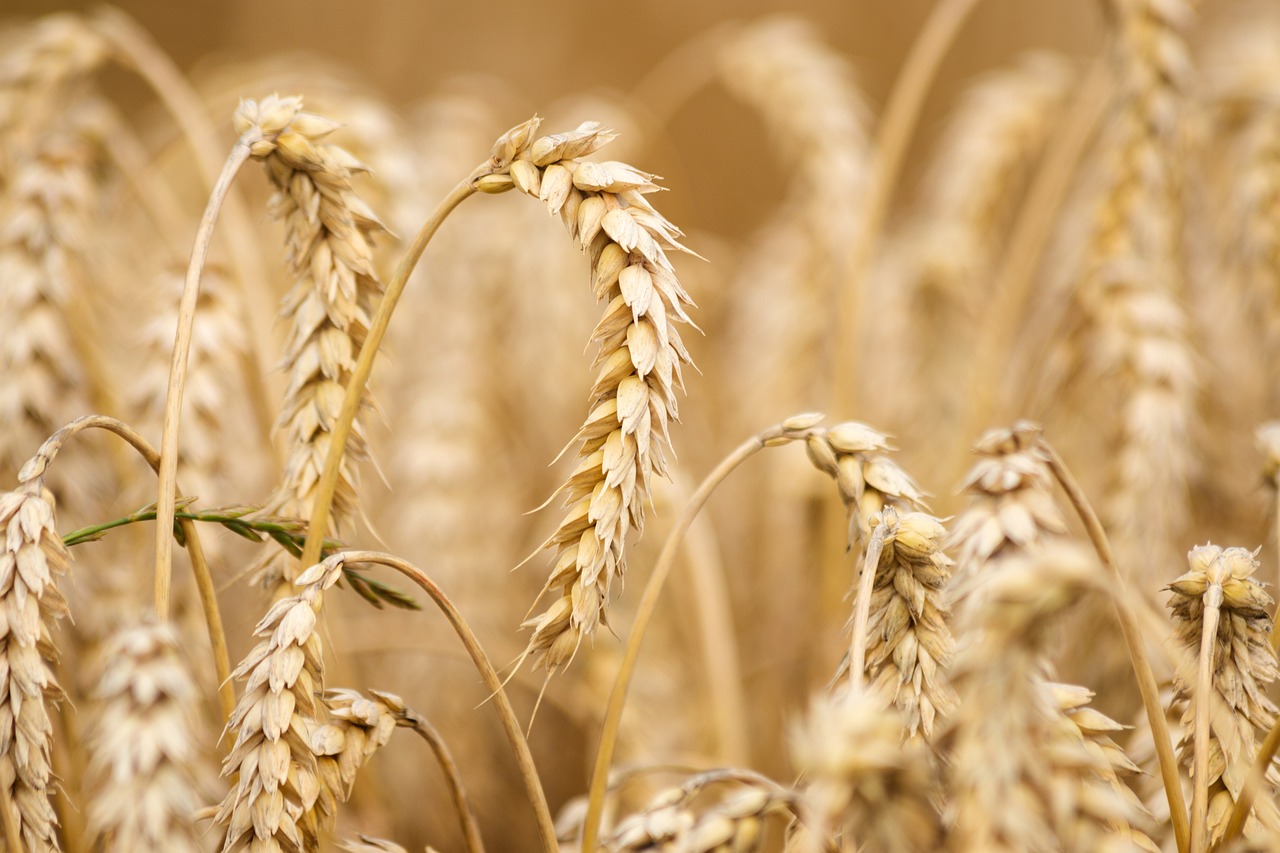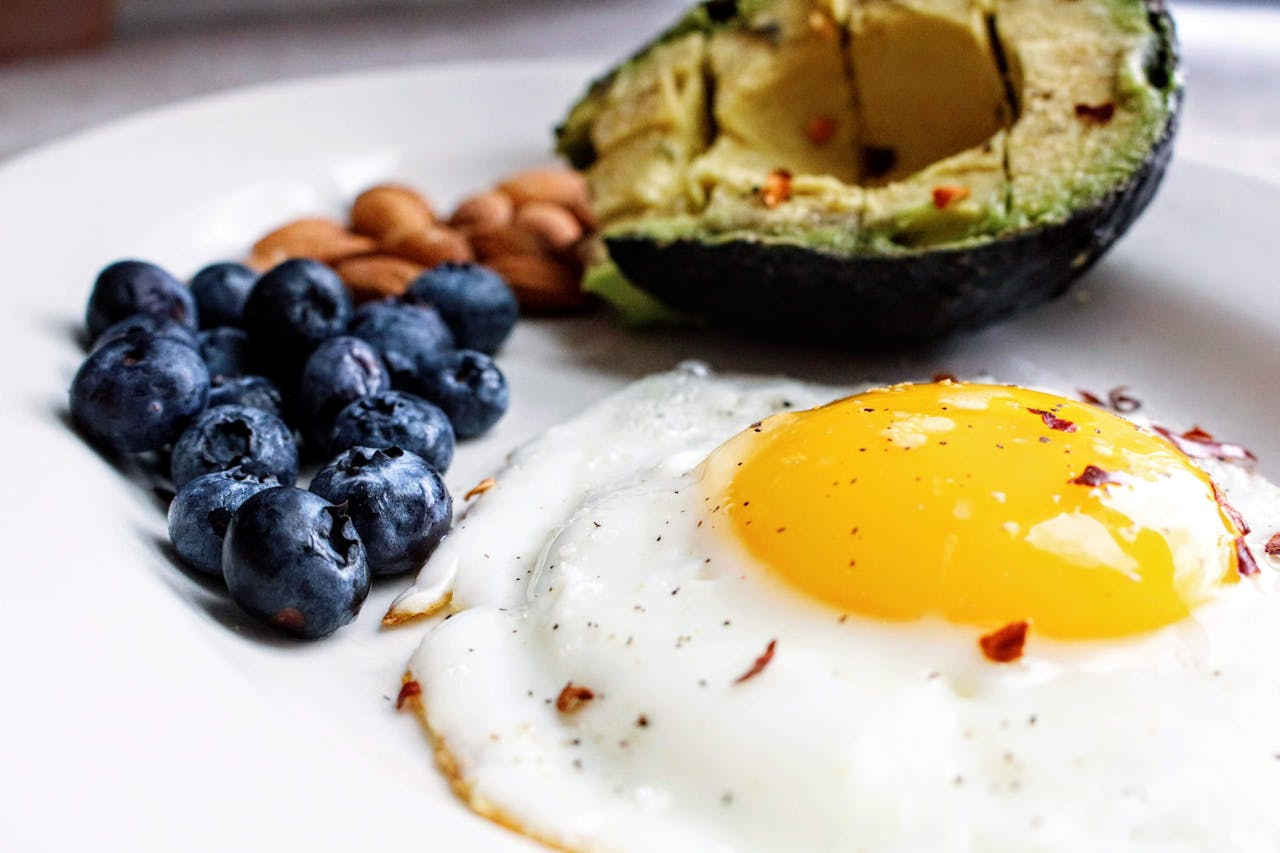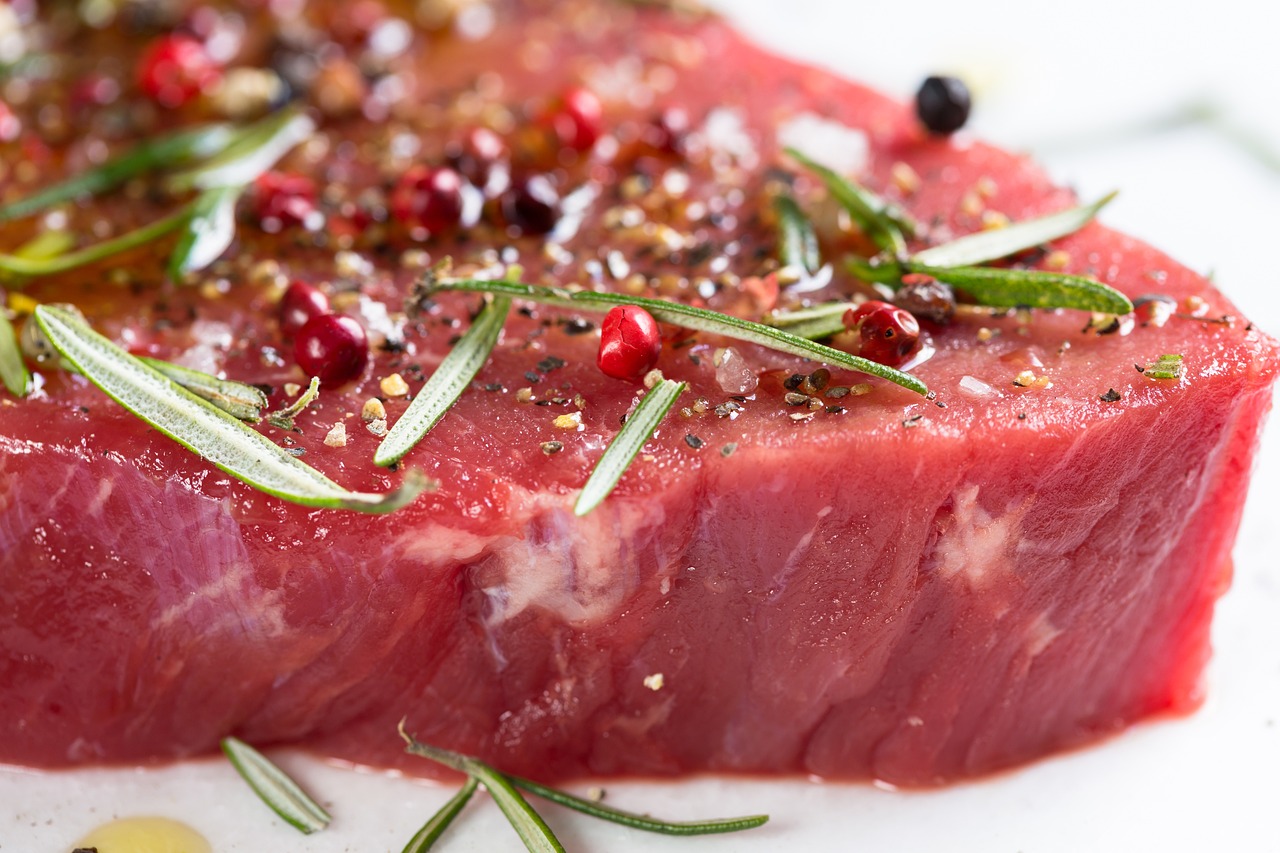But let us start with: Vitamin-Fortified Confusion - When Junk Food Wears a Lab Coat
Before we talk protein, let’s start with the American obsession that set the stage: fortification fever. For decades, the U.S. has sprinkled synthetic vitamins into anything that sits still long enough—turning junk food into what appears to be nutritional saviors. On paper, it looks noble. In reality, it's often sugar in disguise, dressed in lab coats.
Flour is enriched with folic acid, iron, niacin, riboflavin, and thiamine. Milk is vitamin D-fortified. Salt is iodized. Breakfast cereals are essentially sugar with a side of zinc and B12. And orange juice often contains added calcium—because nothing screams wellness like vitamin-laced sugar water.
Even energy drinks and protein bars now flaunt B-vitamins in doses that would frighten a pharmacist. The irony? These isolated compounds lack the synergistic cofactors of real food—no enzymes, no polyphenols, no context. Just numbers on a label.
So yes, you can eat a donut with vitamins and wash it down with a protein shake—and feel righteous. But you're still eating a donut. America doesn’t have a nutrient problem. America has a nutrient illusion.
The Protein Hype in America
Enter the next act: protein. Once a modest macronutrient, now a multi-billion-dollar crusade. Protein cereal, protein pasta, protein beer—it’s everywhere. The U.S. protein market has ballooned beyond $20 billion/year. And yet, despite all this progress, America remains out of shape and overfed. If protein alone built muscle, every shopper at Costco would be jacked.
How Much Protein Do We Actually Need?
The RDA for protein is 0.8 g/kg of body weight. Athletes may benefit from 1.2–2.0 g/kg. Most Americans already consume around 1.2–1.5 g/kg—often more. So why the panic? Because when you sell panic, you can sell powder.
| Group | Recommended Intake | Average U.S. Intake |
|---|---|---|
| Sedentary Adult | 0.8 g/kg | 1.2 g/kg |
| Active Individual | 1.4–2.0 g/kg | 1.5–2.2 g/kg |
The Science: Protein Helps, but Not Alone
Protein builds muscle—if you train. It helps manage hunger—if you control calories. It supports recovery—if you sleep. But excess protein doesn’t magically make abs appear. More isn’t better—it’s just more.
The Downsides of Overdoing It
Too much protein may stress kidneys in vulnerable people. But more often, it crowds out what’s missing: fiber, polyphenols, magnesium. If every meal is protein-fortified pudding and bars, where do vegetables go?
Some Americans now hit 150 grams of protein before 10 a.m.—mostly from donuts, cereals, and pre-workout sludge.
Protein Where It Doesn't Belong: Schools, Hospitals, Everywhere
Protein is now so trendy it’s infiltrated school lunches and hospital trays. Kids are handed protein snack packs shaped like dinosaurs. Patients recovering from surgery sip protein-enhanced gelatin. Meanwhile, no one checks fiber, potassium, or hydration. But sure—more whey will save us.
The "GMO-Free" Cookie with 20 Ingredients
Imagine a gluten-free, GMO-free, dairy-free protein cookie… with 20 lab-made ingredients. Tapioca starch, monk fruit extract, lecithin, “natural flavors”—but hey, it’s got 15g of protein! It crumbles like sawdust and tastes like moral superiority. Welcome to American health marketing.
The Culture: Protein as Status Symbol
Protein is no longer just fuel—it’s identity. TikTok influencers eat it for clout. Parents pack it in lunchboxes to signal virtue. Even retirement homes offer protein pudding. In America, protein is not a food. It’s a statement.
Better Sources, Smarter Use
Protein itself isn’t the problem—it’s the packaging. Whole foods provide context: eggs, legumes, dairy, tofu. Processed bars and powders often bring sugar, gums, and a fake vanilla aftertaste no human should endure.
The future is smarter: plant-based, ethical, complete—if we let science lead and marketing chill.
| Protein Source | Bioavailability (PDCAAS) | Complete Protein? |
|---|---|---|
| Whey | 1.00 | Yes |
| Casein | 1.00 | Yes |
| Soy | 0.91 | Yes |
| Pea | 0.82 | No |
| Rice | 0.68 | No |
Protein Recommendations: USA vs. Europe
Unlike Europe, where recommendations still promote dietary diversity, the U.S. narrative is market-driven. The louder the label, the higher the sales—even if it misleads.
| Region | RDA (Adults) | Upper Caution Threshold |
|---|---|---|
| USA (NIH) | 0.8 g/kg | ~2.5 g/kg* |
| EU (EFSA) | 0.83 g/kg | ~2.0 g/kg |
*No official upper limit, but kidney stress may occur in vulnerable individuals.
This Isn't Just About Protein
Let’s be honest. This isn't about protein. It's about trust, truth (not Truth Social, forget that!) , and a nation trying to find health in slogans. While one minister crows on TV about “empowerment” and “freedom,” real funding for cancer research dries up. Vaccination programs vanish. Science is sidelined. And in the silence, the market speaks louder.
Fitness is not built in the protein aisle. It’s built under the barbell, in the kitchen, and in bed. (Yes, sleep still matters—and no, it can’t be fortified.)













